How to fertilize raspberry ash in summer: instructions
The general condition of the plant and its productivity directly depend on the quality of the bush’s nutrition. Gardeners began feeding raspberries with ash many years ago. This is an organic fertilizer with a good composition of nutrients. But despite this, ash can cause harm. Therefore, it is important to know how to properly feed raspberries and determine that the plant needs ash fertilizer.
Is it possible to feed raspberries with ash?
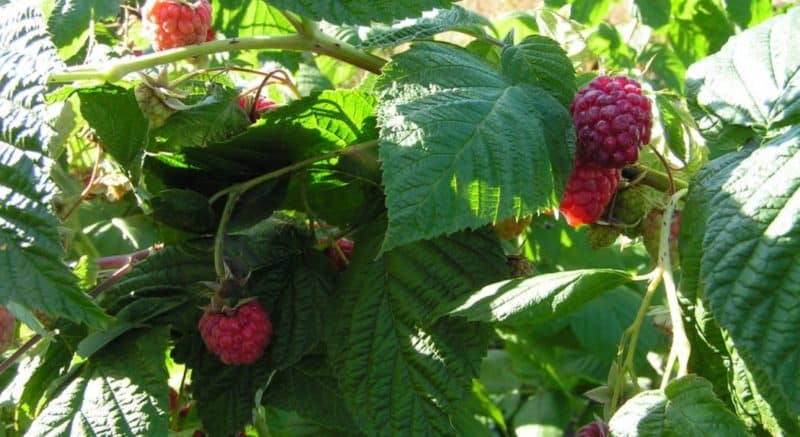
The raspberry root system grows up to 2 m and in a few years depletes even the most fertile soil, so regular feeding is necessary. Raspberries are mainly fertilized in the spring, but summer procedures are also required. Especially during the flowering and fruiting period, when the plant requires nutrients to fully set berries. The required amount of these minerals is achieved through organic fertilizers, namely ash.
For reference. Last year's shrubs planted in nutritious soil do not require fertilizing.
Summer feeding occurs during the flowering and fruiting period. Usually this is the last ten days of May - the first ten days of June. Shallow trenches are dug around the bushes and fertilizer is applied.
What are the benefits of ash for raspberries?
Ash has been used as a fertilizer for a long time. It is formed during the combustion of various organic matter and contains many nutritious, easily digestible elements: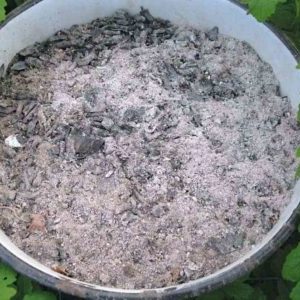
- calcium carbonate (~17%);
- calcium silicate (16%);
- calcium sulfate (14%);
- calcium chloride (11%);
- potassium orthophosphate (13%);
- sodium orthophosphate (15%);
- sodium chloride (0.5%);
- carbonate, silicate and magnesium sulfate (~4%).
The chemical composition may vary depending on the type of burnt substances. For example, raw materials from tops and herbaceous plants contain about 40% potassium, burnt deciduous wood contains a large amount of calcium, and the ashes of coniferous crops contain phosphorus.
For reference. The combustion product of peat and coal contains significantly less nutrients. There may also be slag, which is unsafe for raspberries.
Knowing what ash consists of, you can easily compensate for the deficiency of minerals without the additional use of potassium and phosphate fertilizers. The combustion product has significant benefits for the soil and plants, namely:
- loosens the fertile layer of soil;
- enhances soil air exchange;
- improves soil quality;
- suppresses the development of pathogenic microflora;
- destroys and repels pests;
- deoxidizes the soil;
- makes the plant immune to diseases;
- accelerates photosynthesis;
- improves metabolism and energy metabolism.
It is better to use fresh ash. Last year’s can also be used, but only if stored properly. If it was kept in a place with high humidity, very few nutrients remained in it, and there was no alkaline reaction at all.
Advantages and disadvantages of application
In addition to the good mineral composition, the advantages also include the naturalness of the product and low price.
Flaws:
- It is impossible to determine a clear dosage; the composition of the burnt substance may vary.
- Lack of nitrogen, which makes the addition additional (especially in spring).
- It is not recommended to use on saline soils.
- Do not allow direct contact between the ash and the root system, as this will lead to burns.
Do not add ash after nitrogen addition. The alkali contained in the ash and nitrogen combine to form ammonia. As a result, the ash will lose its ability to deoxidize the soil, and some of the nitrogen will simply evaporate.
How to determine that raspberries need such feeding
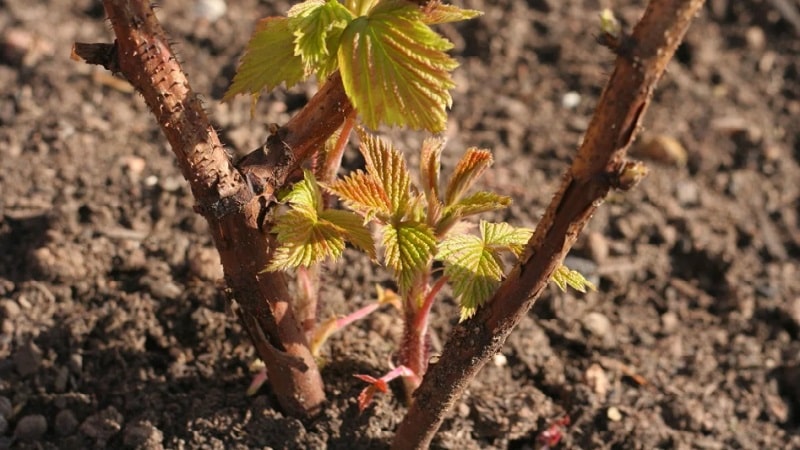
To determine whether feeding raspberries with ash in the summer is necessary, just carefully examine the plant. If it does not have enough feeding, the bush weakens and bears fruit poorly. Basically, there is a deficiency of 2-3 minerals:
- Drying of the top, yellowing of the foliage, but at the same time the appearance of green veins on it indicates iron deficiency.
- Yellow, then white veins indicate a lack of sulfur.
- Potassium deficiency manifests itself in curling of the tips of shoots and the edges of leaf blades.
- A lack of phosphorus can be identified by a bluish tint to the branches and leaves that are too dark.
- If the leaves are too light and small, and the branches are thin and bend easily, there is a nitrogen deficiency.
But there are other reasons why raspberries need feeding: the plant suffered during a period of drought or in a harsh winter.
Timing of the procedure
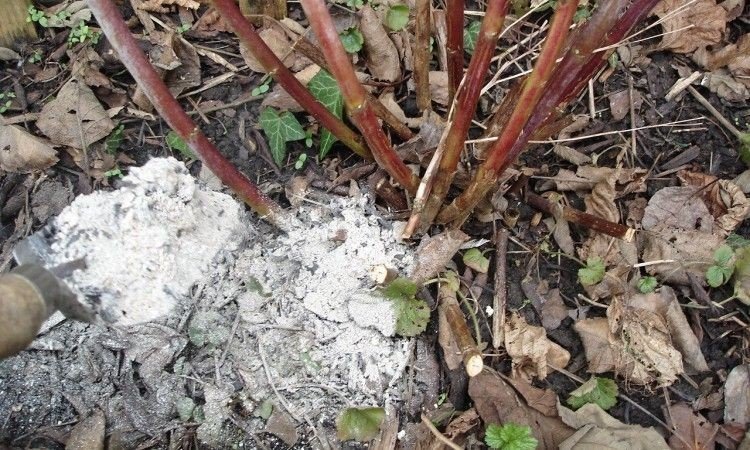
Depending from raspberry varieties and region of growth, timing may vary. The plant is fertilized twice per season: when the buds swell or during the appearance of leaves and after fruiting or preparing the raspberry tree for wintering.
If the soil is sandy and loamy, in order to get a significant harvest from the bushes, be sure to fertilize in early June.
For reference. Remontant varieties often require fertilizer due to almost continuous fruiting.
It is better to feed raspberries in the spring (late April - early May), when the top layer of soil dries out, before the leaves appear.Fertilization in the summer is more necessary to increase productivity and restore the vitality of the plant. Organic fertilizers are replaced with mineral or complex ones (“Ideal”, “Kristalon”).
Feeding scheme
The feeding scheme can be divided into 3 periods.
| Season | Growing season | Types of fertilizers |
| Spring | Growth of leaves and lateral productive shoots. | First application of organic matter. |
| Summer | Flowering, ovary formation, fruit formation and ripening. | Complex mineral fertilizer, urea, ash. |
| Autumn | Preparing a berry bush for winter. Wood ripening and root development. | Application of organic matter, phosphorus-potassium fertilizing. |
After harvesting, green manure is sown in the raspberry field, for example, leaf mustard. Before the onset of cold weather, it is cut, crushed, and dug up along with the soil to a depth of 20 cm.
How to properly prepare fertilizer
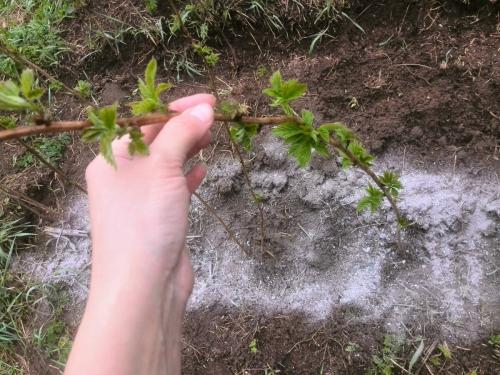
You can get fertilizer yourself by preparing it in the autumn. Almost any plant residues (branches, dry leaves, tops, etc.) are suitable for mineral fertilizing, but ash from hardwood is the safest for plants.
Raw materials obtained from coniferous trees contain a large amount of resins and volatile substances, which will have a detrimental effect on the development of raspberries. The option of using coal or peat combustion products is not considered. There are very few useful elements in coal and peat. Particles of burnt plastic are strictly contraindicated for any plants.
If you have doubts about self-prepared fertilizer, there is always the opportunity to buy ready-made feeding.
Ash use options
For foliar or root watering, you can use any method:
- scattering of the dry product when loosening before watering during the active growing season, as well as during the fruiting period;
- spraying an aqueous solution onto leaf plates;
- watering the root with a decoction based on ash.
Fertilizer can be applied to any soil, with the exception of carbonate soil, which is already saturated with alkali.
Instructions and proportions
For mature berry bushes, 0.6 kg of dry matter per plant is required. At the flowering stage, you can use liquid ash fertilizers.
Proportions for a dry product: 150 g per 1 m² when digging, when using liquid fertilizer - 0.5 liters per bush.
For foliar feeding and watering, ash and mother infusions are used:
- To prepare an ash solution, 200-250 g of powder is diluted in 10 liters of cold water. Shake thoroughly before use.
- To obtain a mother liquor, mix 1 kg of combustion product and 10 liters of water and boil for 15-20 minutes. The decoction is used after complete cooling.
- To prepare the infusion, fill ⅓ of the bucket with ash, fill it to the brim with hot water and leave for 48 hours. Strain before use.
To make the fertilizer stick to the leaves better, you can add 50 g of laundry soap.
Rules for applying fertilizing
The application of ash fertilizer does not require strict rules. To avoid harming the plant, follow the correct dosage:
- 1 tsp. contains 2 g of ash;
- 1 tbsp. l. – 6 g;
- 1 matchbox – 10 g;
- 1 tbsp. (200 ml) – 100 g;
- 1 liter jar – 500 g.
Is it possible to just sprinkle ash under the raspberries?
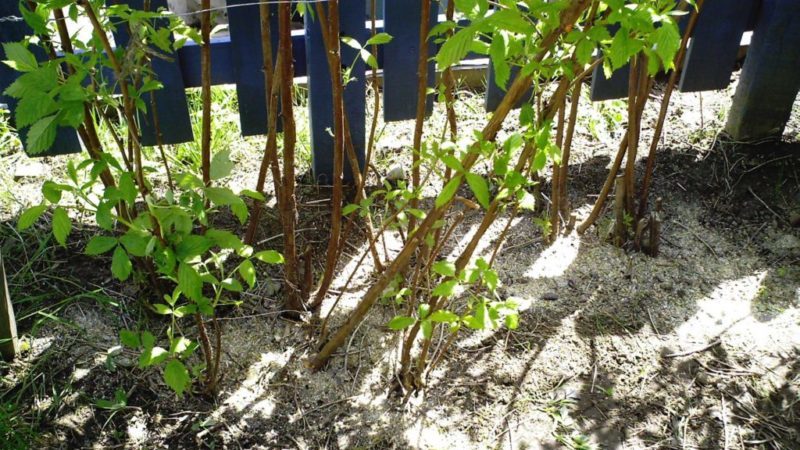
It is possible, but it is preferable to use it in the form of solutions and infusions. Fertilizer in liquid form is better absorbed by the plant. Dry ash is used when digging up bushes and loosening the soil.Also, when applying fertilizer in this form, some of the nutrients are lost, so it is recommended to increase the concentration compared to liquid fertilizer.
Every landing hole raspberries add 1-2 kg of dry ash. The number of such feedings is up to 4 times a year.
For quick adaptation of young seedlings and better development of their root system, 100-150 g of ash per 1 m² is sufficient. Fertilizer is applied to a depth of 8-10 cm.
Tips and tricks
Recommendations from experienced gardeners will improve the condition of the plant and the quality of the harvest:
- Combustion products should not be added together with nitrogen substances. It is good to fertilize raspberries at different times of the year: apply one fertilizer in the spring, the second in late autumn.
- Superphosphates are incompatible with ash, since a neutral or slightly acidic environment is needed to absorb phosphorus fertilizers. Ash fertilizers create an alkaline environment, and phosphorus is not absorbed.
- There is no ammonia in ready-made mullein infusions that have completed fermentation, so you can add ash. You cannot mix them if the infusion with manure has not yet matured.
- Much more nutrients are contained in ashes obtained from small branches or thin brushwood than in ashes from old and large trees.
- Treated or painted wood should not be used to produce ash - it can release toxic substances.
This is interesting:
Which raspberry varieties are the most productive?
Conclusion
Ash fertilizers are relevant due to their naturalness, availability and ability to create a healthy nutritional environment for the plant.
Useful minerals remain in the soil for up to 3-4 years, saturating raspberries with elements that are significant for them, improving the quality of the crop and protecting them from diseases and pests.